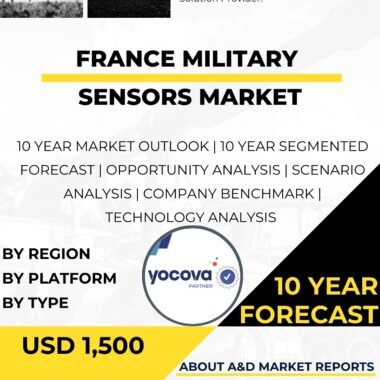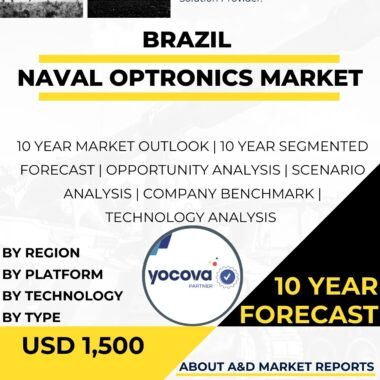Description
Naval Optronics Market in South Korea is undergoing significant growth driven by the nation?s focus on enhancing its maritime defense capabilities and developing advanced sensor systems for naval platforms. Naval optronics, which encompass optical and electronic devices for surveillance, targeting, navigation, and reconnaissance, are critical components in modern naval warfare, enabling vessels to detect and engage threats effectively while maintaining situational awareness in complex maritime environments.
South Korea?s strategic location and security concerns in regional waters have pushed the government and defense industry to invest heavily in upgrading naval sensor suites. This includes the integration of high-resolution cameras, electro-optical targeting systems, thermal imagers, laser rangefinders, and night vision devices tailored for ships, submarines, and coastal defense installations. The development of indigenous technologies and the adoption of international standards have positioned South Korean naval optronics as highly reliable and competitive in the global marketplace.
Key domestic players such as LIG Nex1 and Hanwha Systems are at the forefront of developing and manufacturing naval optronics systems. Their product portfolios often include multifunctional sensor turrets, panoramic surveillance systems, and integrated fire-control sensors that support missile guidance, artillery targeting, and surveillance missions. These systems are designed to operate under harsh maritime conditions, with robust environmental protection and resistance to electronic countermeasures.
The market is also influenced by South Korea?s expanding naval shipbuilding sector, including major programs for destroyers, frigates, and submarines with advanced sensor payloads. The induction of these vessels necessitates cutting-edge optronics integration, boosting demand for sophisticated optoelectronic testing, calibration, and simulation equipment.
Technological advancements such as the incorporation of artificial intelligence, sensor fusion, 360-degree situational awareness, and the miniaturization of sensor elements further stimulate the naval optronics market. These innovations enhance automatic target recognition, reduce operator workload, and improve threat detection capabilities in real time.
Challenges for the South Korean naval optronics market include rigorous certification requirements, rapid technological change, and the need for interoperability with allied naval forces? systems. The government addresses these by fostering collaborations between academia, industry, and the military, promoting research initiatives, and encouraging international joint ventures.
Looking ahead, the South Korean naval optronics market is poised to grow steadily, supported by continuing defense modernization, increased maritime security investments, and advancements in sensor technologies. This growth not only strengthens South Korea?s naval operational effectiveness but also creates export opportunities for cutting-edge optronic systems on a global scale.




